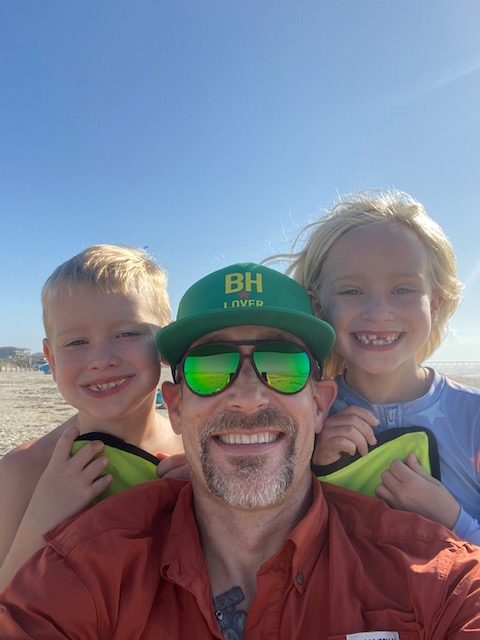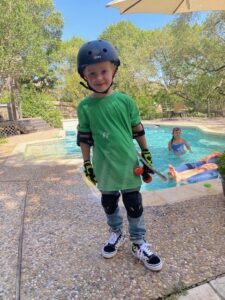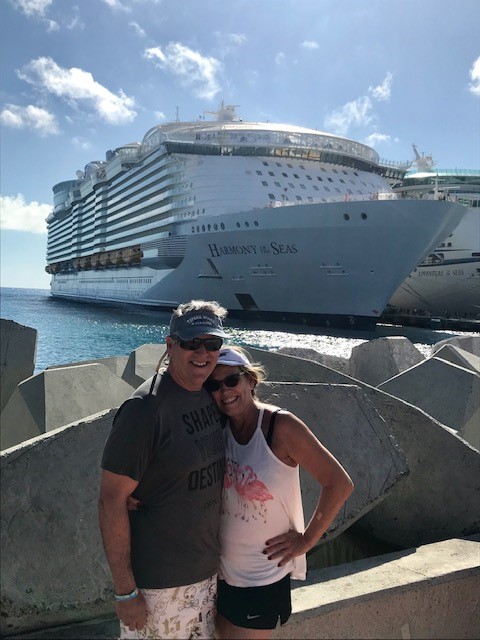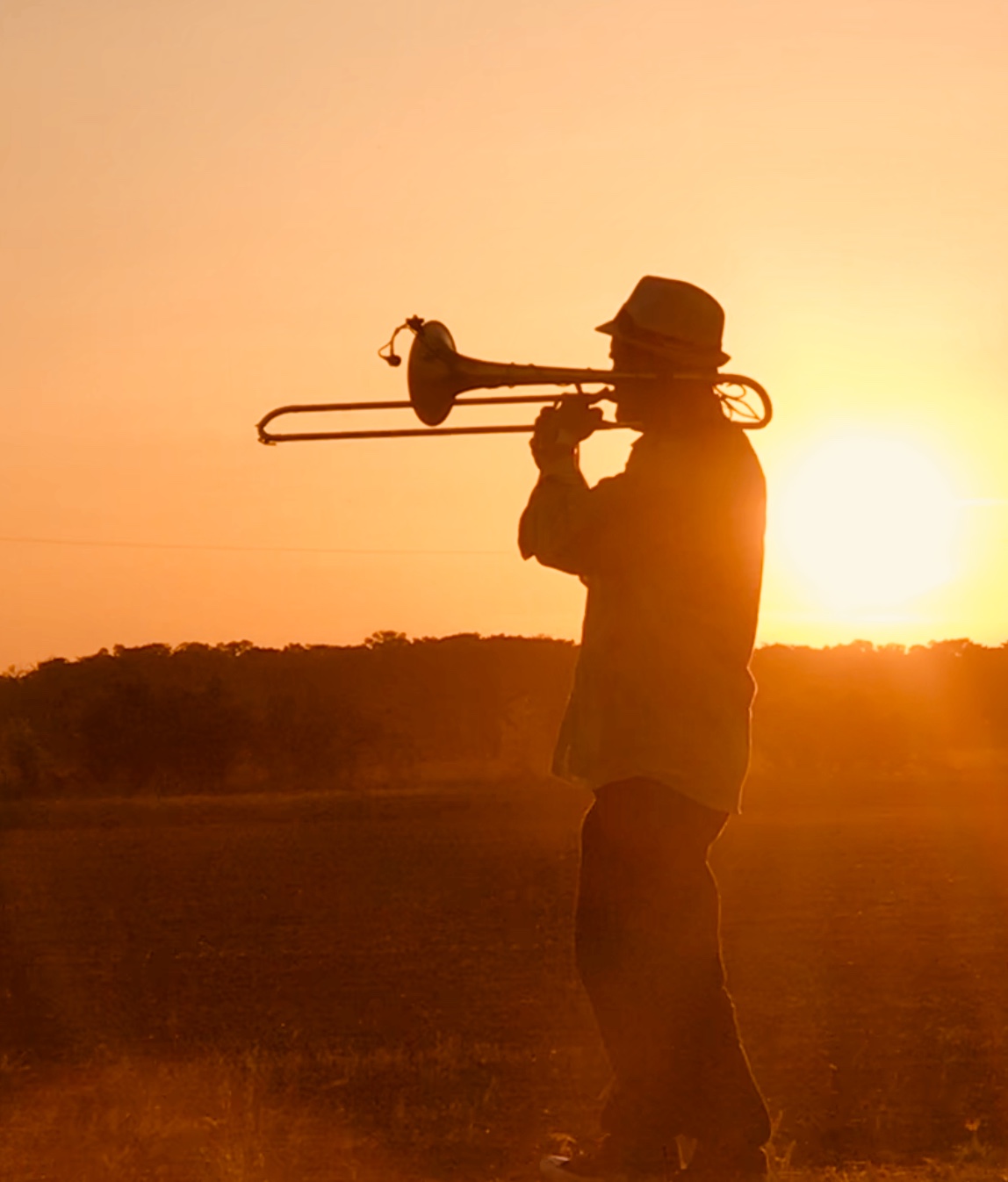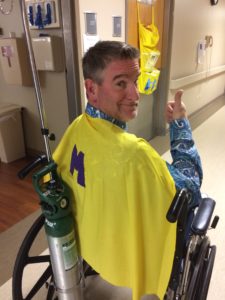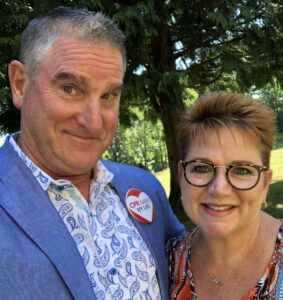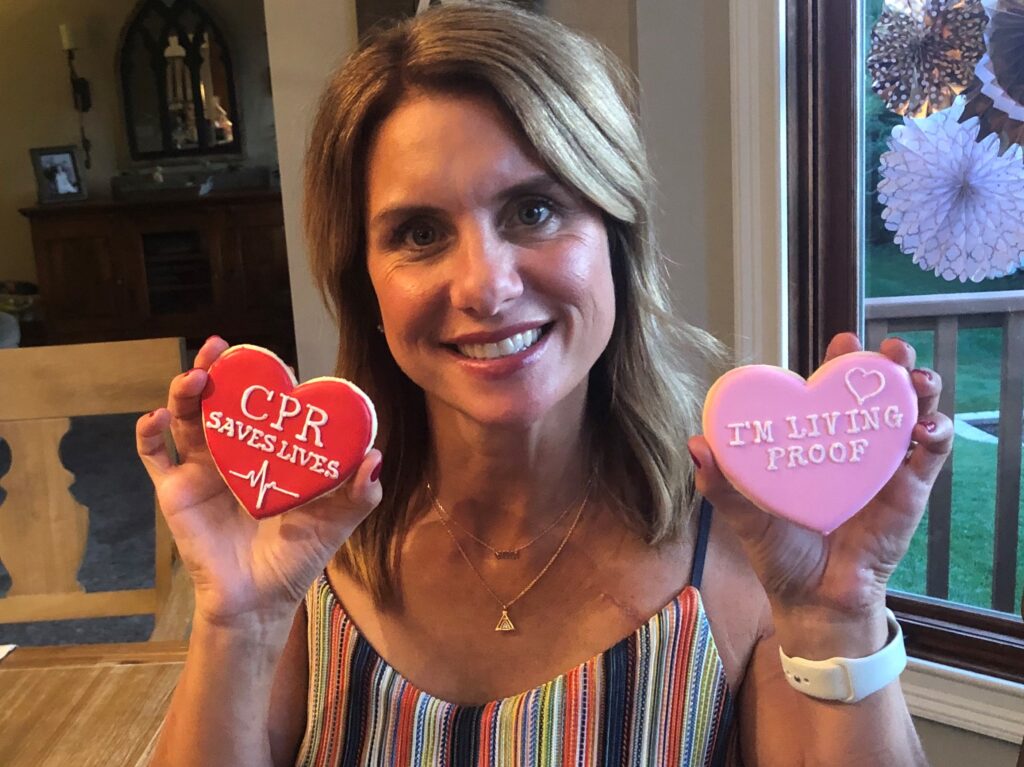
None of us expect the unexpected. With 10,000 cardiac arrests in the workplace every year, you should understand the benefits of CPR training.
By Gina Mayfield
When it comes to ensuring safe and healthful work conditions, we tend to focus on finding and fixing commonly recognized hazards such as clearly preventable injuries and illnesses. While these dangers certainly warrant our attention, what about expecting the unexpected, such as an employee experiencing a cardiac arrest outside the hospital? Is your workplace fully prepared for an incident that requires CPR or even a defibrillator?
June is CPR Awareness Month, with the first few days designated as National CPR and AED Awareness Week. Both occasions were designed to bring attention to the importance of CPR and AED training that organizations can provide to keep their employees safe, prepared to respond and…alive. Trained employees who can properly and quickly respond to an out-of-hospital cardiac arrest before emergency responders arrive can help save a life.
Cardiac arrest—an electrical malfunction in the heart that causes an irregular heartbeat (arrhythmia) and disrupts the flow of blood to the brain, lungs and other organs—is a leading cause of death. Each year, more than 350,000 EMS-assessed out-of-hospital cardiac arrests occur in the United States, according to the American Heart Association (AHA).
Be Ready: CPR
When a person has an out-of-hospital cardiac arrest, survival depends on immediately receiving CPR from someone nearby.
According to the AHA, about 90 percent of people who suffer out-of-hospital cardiac arrests die. CPR, especially if performed immediately, can double or triple a cardiac arrest victim’s chance of survival.
But most U.S. employees are not prepared to handle cardiac emergencies at work because they simply lack the training, according to findings from two surveys from AHA as part of its Workplace Safety Training Initiative. Between February and April 2017, researchers surveyed 2,000 employees in various fields such as corporate offices, hospitality, education and industry/labor.
Study findings revealed that most employees do not have access to CPR and first aid training, and half could not locate an automated external defibrillator (AED) at work (helpful hint: place it in the same location as the fire extinguisher). Such training has the potential to save thousands of lives, considering there are 10,000 cardiac arrests in the workplace annually.
The second survey from OSHA and commissioned by AHA included more than 1,000 safety managers in industries regulated by OSHA. The safety managers see a need for more frequent training, but a third of them said first aid, CPR and AED training only become a priority at their workplace after a demonstrated need, meaning after an incident.
All of this data brings to light an important realization: Employees may be relying on untrained peers in the event of an emergency, which creates a false sense of security. Many may wrongly believe there is someone onsite who is qualified and able to respond, but that’s clearly not always the case.
Here’s the good news: The study shows that more than 90 percent of employees would take First Aid and CPR+AED training if employers offered it.
Save Lives: AED Awareness
Use of an AED is the third step in the cardiac arrest chain of survival, with the first two steps being a call to 9-1-1 and beginning immediate CPR.
During a cardiac arrest, the electrical activity in the heart is disrupted. According to the AHA, every second counts because without immediate CPR, the heart, brain and other vital organs aren’t receiving enough oxygenated blood. For every minute without CPR, the chance of death increases by 10 percent.
Survival from cardiac arrest doubles when a bystander applies an AED before emergency responders arrive, according to 2018 research published in AHA’s flagship journal, Circulation.
Unfortunately, less than half (45.7 percent) of cardiac arrest victims get the immediate help they need before emergency responders arrive, in part because medical services take, on average, between four and 10 minutes to reach someone in cardiac arrest.
An international team of researchers looked at 49,555 out-of-hospital cardiac arrests that occurred in major cities in the U.S. and Canada. They analyzed a key subgroup of these arrests: those that occurred in public were witnessed by bystanders, and the patients were shockable. The researchers found that nearly 66 percent of these victims survived to hospital discharge after a shock delivered by a bystander. Their findings emphasized that bystanders—or for our purposes, coworkers—make a critical difference in assisting cardiac arrest victims before emergency responders can get to the scene.
Be the Difference. It’s Simple.
If you want to be a part of a larger culture of safety in the workplace and are interested in getting CPR and AED training at work, it’s not difficult to do. Helpful resources from quality organizations such as AHA provide beneficial training.
For example, AHA’s Heartsaver First Aid CPR AED Training course teaches participants to provide first aid, perform CPR and use an AED in a safe, timely and effective manner. The course is designed for those with little or no medical training who want to be prepared for an emergency in any setting.
The course covers the basics such as first aid as well as medical, injury and environmental emergencies. But it also delves into preventing illness and injury, opioid-associated life-threatening emergencies, Child CPR AED and Infant CPR in addition to Adult CPR and AED use.
You’ll just need to decide what type of training works best for your team. You could go with a blended learning approach, such as AHA’s Blended Learning Heartsaver First Aid CPR AED Online class, which combines online instruction with a hands-on skills session.
Or you could opt for a Classroom Heartsaver First Aid CPR AED class, which is an instructor-led, hands-on class format in either a training center or your place of business. Both video-based, instructor-led courses teach students critical skills needed to respond to and manage an emergency until medical services arrive. The practice-while-watching technique allows instructors to observe the students, provide constructive feedback and guide the students’ learning of skills.
AHA also offers a CPR First Aid Anywhere Training Kit, a video-based kit that can be easily facilitated by anyone to train hundreds of individuals.
Know that in response to the COVID-19 outbreak, AHA has issued optional instructional changes to its training network for its Heartsaver courses.
In the Age of COVID-19: Hands-Only CPR
Hands-Only CPR has been shown to be as effective as conventional CPR for cardiac arrest at home, at work or in public, according to the AHA.
But in the age of COVID-19, rescuers are unlikely to have access to adequate personal protective equipment. Therefore, rescuers are at increased risk of exposure to COVID-19 during CPR, compared to healthcare providers with adequate personal protective equipment.
The AHA has issued interim guidance on how lay rescuers should perform Hands-Only CPR, if they are willing and able, after recognizing an out-of-hospital cardiac arrest in an adult, especially if they are household members who have been exposed to the victim at home. AHA recommends a face mask or cloth covering the mouth and nose of the rescuer and/or victim may reduce the risk of transmission to a non-household bystander, such as a colleague at work.
Hands-Only CPR has two easy steps:
- Call 911 if you see a teen or adult suddenly collapse.
- Push hard and fast in the center of the chest to the beat of a familiar song that has 100 to 120 beats per minute.
Song examples include “Stayin’ Alive” by the Bee Gees, “Crazy in Love” by Beyoncé featuring Jay-Z, “Hips Don’t Lie” by Shakira or “Walk the Line” by Johnny Cash. People feel more confident performing Hands-Only CPR and are more likely to remember the correct rate when trained to the beat of a familiar song. When performing CPR, the beat of the song examples above corresponds to pushing on the chest at a rate of 100 to 120 compressions per minute.
Note that AHA still recommends CPR with compressions and breaths for infants and children and victims of drowning, drug overdose or people who collapse due to breathing problems.
To get a better sense of Hands-Only CPR, which is a natural introduction to CPR, you can watch a 90-section instructional video at heart.org/handsonlycpr. Then find a CPR class near you at heart.org/findacourse.
One last thing to keep in mind: In one year alone, 475,000 people die from cardiac arrest in the United States. While that’s a big number, it also presents a big opportunity. Consider being an organization that commits to proactively fostering a safe environment and empowers its people to take on a small social responsibility that can have a big impact at work, home and in the community as a whole.
Please note: The article was originally published in the June issue of Occupational Health & Safety magazine.



